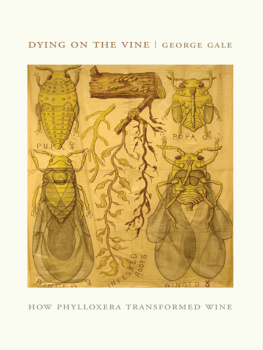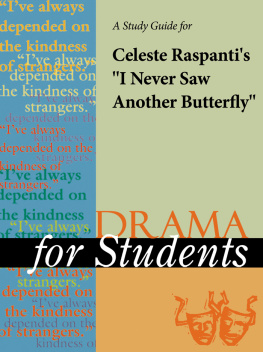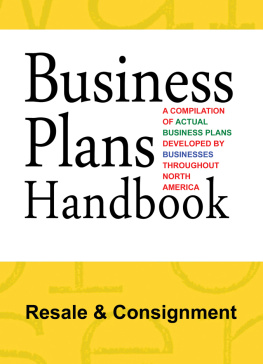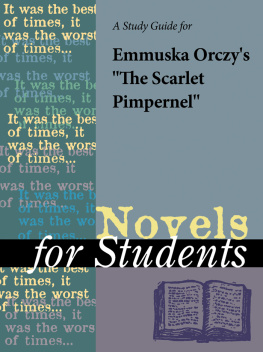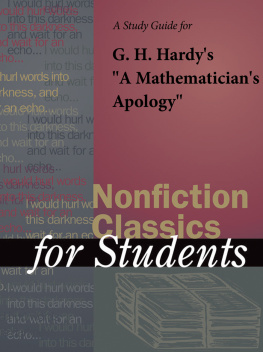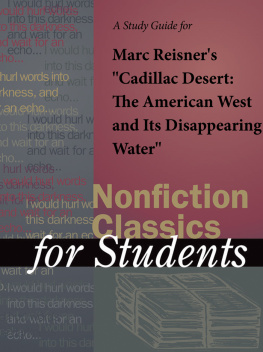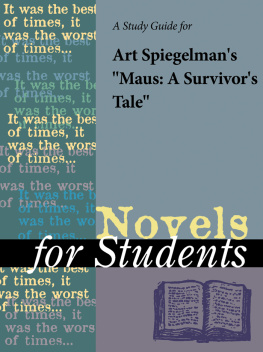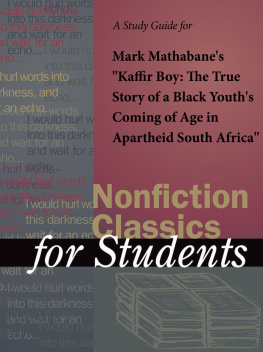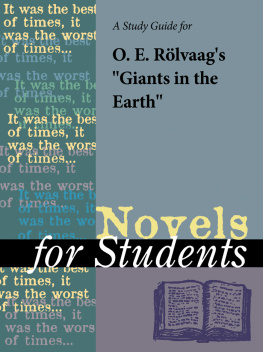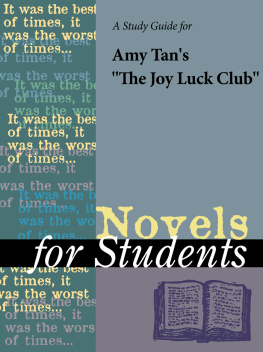TABLE OF CONTENTS
Guide
Nonfiction Classics for Students, Volume 5
Project Editor
David Galens
Editorial
Sara Constantakis, Anne Marie Hacht, Ira
Mark Milne, Pam Revitzer, Kathy Sauer,
Timothy J. Sisler, Jennifer Smith, Carol
Ullmann
Research
Michelle Campbell, Sarah Genik, Tamara Nott
Permissions
Lori Hines
Manufacturing
Stacy Melson
Imaging and Multimedia
Lezlie Light, Daniel William Newell, David G.
Oblender, Kelly A. Quin
Product Design
Pamela A. E. Galbreath
2003 by Gale. Gale is an imprint of Gale,
Inc., a division of Thomson Learning Inc.
Gale and Design and Thomson Learning
are trademarks used herein under license.
For more information, contact
Gale
27500 Drake Rd.
Farmington Hills, MI 48331-3535
Or you can visit our Internet site at
http://www.gale.com
ALL RIGHTS RESERVED
No part of this work covered by the copyright hereon may be reproduced or used in any form or by any meansgraphic, electronic, or mechanical, including photocopying, recording, taping, Web distribution, or information storage retrieval systemswithout the written permission of the publisher.
For permission to use material from this product, submit your request via Web at http://www.gale-edit.com/permissions, or you may download our Permissions Request form and submit your request by fax or mail to:
Permissions Department
Gale, Inc.
27500 Drake Rd.
Farmington Hills, MI 48331-3535
Permissions Hotline:
248-699-8006 or 800-877-4253, ext. 8006
Fax: 248-699-8074 or 800-762-4058
Since this page cannot legibly accommodate all copyright notices, the acknowledgments constitute an extension of the copyright notice.
While every effort has been made to ensure the reliability of the information presented in this publication, The Gale Group, Inc. does not guarantee the accuracy of the data contained herein. The Gale Group, Inc. accepts no payment for listing; and inclusion in the publication of any organization, agency, institution, publication, service, or individual does not imply endorsement of the editors or publisher. Errors brought to the attention of the publisher and verified to the satisfaction of the publisher will be corrected in future editions.
ISBN 0-7876-6034-5
ISSN 1533-7561
Printed in the United States of America
10 9 8 7 6 5 4 3 2 1
The Basketball Diaries
Jim Carroll
1978
Introduction
The publication of Jim Carroll's diary, entitled The Basketball Diaries: Age Twelve to Fifteen (1978), had been eagerly awaited. The book, which is generally referred to by its main title alone, had started appearing in excerpt form throughout the late 1960s and early 1970s in various literary publications. Carroll claimed that the diaries were written at the time in which the events related took place. However, some critics wondered how much the diaries were edited before publication, especially since the book includes many outrageous incidents. Regardless of its authenticity, the book made a statement when it was published. Some people at that time were glorifying the image of life in the 1960s urban counterculture. Carroll's gritty diary was explicit; it took readers inside the real world of drug addiction, male prostitution, and crime in 1960s New York.
The book also discussed what life was like for war babiespeople who grew up under the constant fear of nuclear annihilation during the Cold Warand the difficulty in remaining neutral in the 1960s antiwar debate. The Basketball Diaries has become Carroll's best-known work, especially after the release of a 1995 film adaptation starring Leonardo DiCaprio. In 1987, Carroll published a sequel, Forced Entries: The Downtown Diaries, 1971-73.
Author Biography
Jim Carroll was born in New York City on August 1, 1951. When he was growing up on the tough streets of Manhattan, Carroll pursued careers as a basketball player and writer. While Carroll's massive drug use as a teenager extinguished any hope of his becoming a basketball star, his poetry about these drug experiences put him on the road to literary stardom. After the publication of his first two poetry collections, Organic Trains (1967) and Four Ups and One Down (1970), Carroll's poetry was relatively unknown outside underground circles. That changed with the publication of his third poetry collection, Living at the Movies (1973). By this time, Carroll was also making a name for himself with his autobiographical prose writing, which had begun appearing in various literary magazines in the late 1960s and early 1970s.
In 1978, these disjointed prose writings were collected in one limited-edition volume, entitled The Basketball Diaries, which was reprinted in larger numbers in 1980. The book established Carroll's literary career and gave him name recognition that he translated to success in other areas. The most notable of these was Carroll's music career. Patti Smith, one of Carroll's former girlfriends, encouraged him to make the transition from poet to rock musician, as she had done. In 1980, the same year that The Basketball Diaries went into wide distribution, the Jim Carroll Band released its first album, Catholic Boy, which featured the hit single, "People Who Died." The song, which lists Carroll's many friends who died from murder, suicide, drug overdose, and other unnatural causes, is generally acknowledged as the high point of Carroll's musical career. In 1995, "People Who Died"along with several other songs by Carroll or his bandwas included on the soundtrack of the film adaptation of The Basketball Diaries.
During the 1980s, Carroll released another poetry collection, The Book of Nods (1986), and his second collection of diaries, Forced Entries: The Downtown Diaries (1987). Neither of these books was as successful as The Basketball Diaries, which continued to be Carroll's best-known work. In 1992, Carroll released a spoken-word musical recording entitled Praying Mantis, and in 1999 he published a nonfiction book entitled Permissive Bargaining and Congressional Intent: A Special Report.
Besides these two works, most of Carroll's publications after the 1980s were poetry collections.These include Fear of Dreaming: The Selected Poems of Jim Carroll (1993) and Void of Course: Poems 1994-1997 (1998). Carroll lives and works in New York City, where, as of 2002, he is working on his first novel.
Plot Summary
Fall 1963
In the first entry of The Basketball Diaries, a thirteen-year-old Carroll uses a fake birth certificate from his coach, Lefty, to get into a twelve-and-under basketball league. Carroll and his friends sniff cleaning fluid to get high, steal purses, and steal from another basketball team. On Halloween, they attack the neighborhood girls with flour-filled socks then get drunk and use rock-filled socks to break windows. Lefty catches some of his players sniffing glue, but Carroll dumps his before getting caught. Carroll and his family move into their new apartment in the tip of Manhattan. Carroll and the gang get drunk, but one of them drinks too much and has to get his stomach pumped.



